‘The wickedest city on Earth’ and other new must-visit World Heritage sites
By Chris Leadbeater
The new list of UNESCO World Heritage Sites generally arrives in July, as the UN’s cultural arm gives its official rubber-stamp to locations “around the world considered to be of outstanding value to humanity”.
As of this year, this amounts to 1248 significant places in 170 countries – ranging from palaces in France to coral harbours in Micronesia.
The newest announcement, made last week, has added a further 26 “inscribed properties” to this gleaming portfolio – some of them in relatively remote corners of the planet such as Tajikistan and Malawi, others closer to hand in Italy, Greece and Germany.
The following fresh inductees are all worth a visit (which can’t be said for some of the others):
The Palaces of Ludwig II, Germany
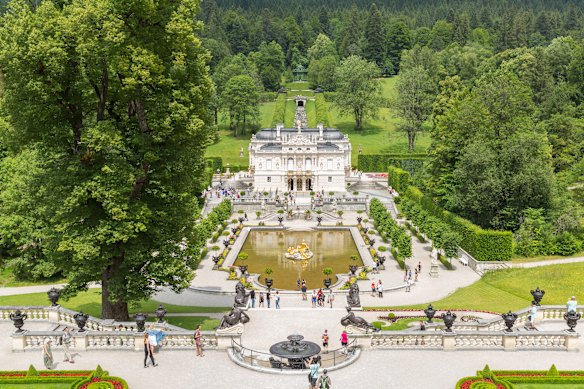
The Linderhof Palace in Bavaria.Credit: iStock
The preposterous idea that German architecture is dour and lifeless is rebutted with the firmest flourish by the castles that were strewn across the hillsides and high places of Bavaria by its monarch, Ludwig II, between 1864 and 1886.
A man of flamboyant tastes, Ludwig commissioned three separate country properties – Neuschwanstein, Linderhof, Herrenchiemsee – during his 22-year reign, envisaging each of them as a refuge from the apparent mundanity of court life in Munich.
All three of them (plus a villa on Schachen hill, near Garmisch-Partenkirchen) are part of the new UNESCO listing – although it is Neuschwanstein, with its dreaming spires, which has become the region’s postcard icon.
UNESCO says: Drawing inspiration from Versailles, German fairy tales and Wagner’s operas, the palaces showcase historicist styles and advanced 19th century techniques. Carefully integrated into stunning landscapes, they embody Ludwig’s artistic vision.
The Minoan sites of Crete, Greece
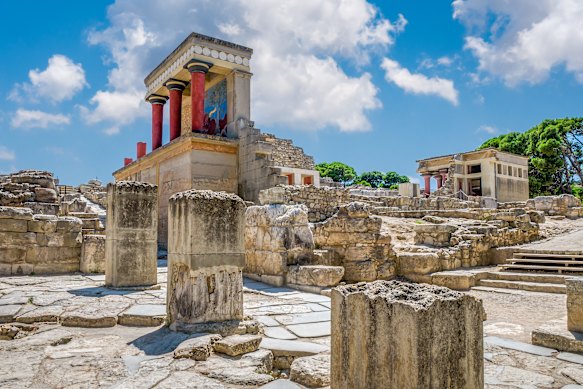
The ruins of Knossos Palace, home of Minos and the legendary Minotaur.Credit: iStock
Of all the tales to emerge from Ancient Greece, the story of Theseus stalking and slaying the bull-headed Minotaur in a labyrinth is perhaps the most fantastical. But there is solid matter behind the myth. Knossos, the supposed site of this magical maze, was very real.
The city’s foundations still exist outside Heraklion, the modern capital of Crete – baking in the sun as an echo of the Minoan civilisation which held court on the island from 3100 to 1100BC. Knossos is one of six Cretan archaeological sites to receive the UNESCO seal of approval this year; the ruins of Zakra, Phaistos, Kydonia, Zominthos and Malia are the others. All of them offer good reason to climb off your lounger during a summer holiday.
UNESCO says: The sites represent the Minoan civilisation. They served as administrative, economic and religious hubs, featuring advanced architecture, urban planning and vibrant frescoes. They reveal early writing systems, maritime networks, and cultural exchanges.
The megaliths of Carnac, France
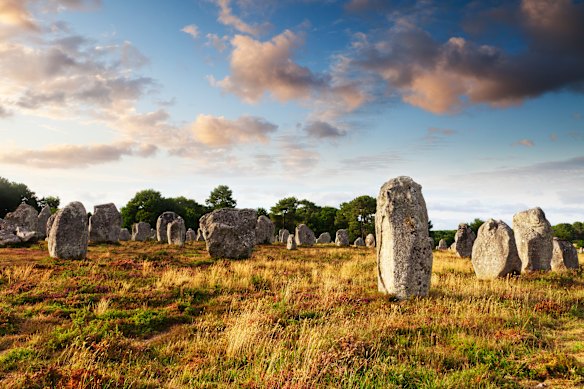
The megalithic monuments of Carnac in France consist of 3000 slabs of hand-hewn granite.Credit: iStock
Almost every year, one of the new UNESCO locations is so special that you cannot believe it has not been part of the club for decades. The standing stones of Carnac are the 2025 example – 3,000 slabs of hand-hewn granite that were put in position, near the south-west coast of what is now the Brittany peninsula, in about 3300BC (though some may date to 4500BC).
Many of the megaliths had clear purposes – laid out to create dolmens (tombs) and tumuli (burial mounds). In this, they are perhaps better understood than Stonehenge, which, built in around 3100BC, they pre-date – but they share its air of Neolithic mystery.
UNESCO says: These monumental stone constructions – arranged in relation to one another, and to features like terrain and waterways – reflect a sophisticated understanding of their environment. Rich engravings and other assorted artefacts further illustrate the cultural complexity of the societies that inhabited this part of the European Atlantic coast.
The ‘Killing Fields’, Cambodia
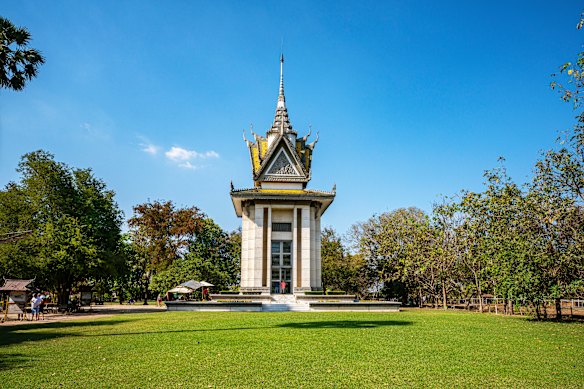
A memorial stupa (steeple-shaped mausoleum) for victims of the Khmer Rouge regime at Choeung Ek in Cambodia, now a UNESCO-listed World Heritage Site.Credit: iStock
Not every new UNESCO site is a tribute to humanity’s best instincts. The arrival on the heritage list of the key places associated with the Khmer Rouge – the brutal regime which tortured and killed around two million people during a reign of terror over Cambodia that endured from 1975 to 1979 – is stark proof.
Two of these vicious hellholes – Tuol Sleng and Choeung Ek – are in the capital Phnom Penh. While now devoted to remembrance, they do not hide the brutality of what they witnessed half a century ago. Visitors do not step out of them in a bright frame of mind, but the story they tell should not be ignored.
UNESCO says: The three component parts represent the widespread violence during this period – the former M-13 prison (early repression), the Tuol Sleng Genocide Museum (former S-21 prison) and the Choeung Ek Genocidal Center (former execution site of S-21). These places have been preserved, and memorialised, since the regime’s fall.
Port Royal, Jamaica
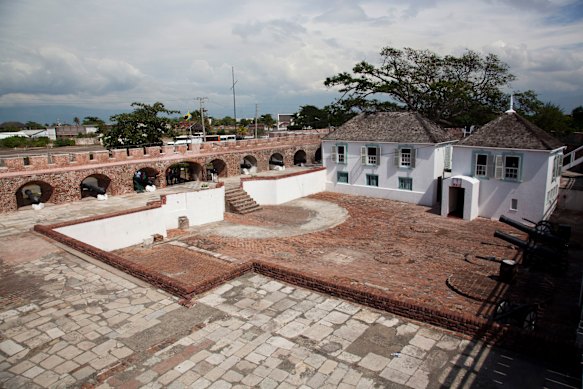
Port Royal was largely destroyed by an earthquake in 1692.Credit: Getty Images
It is quite the achievement to be remembered as “the wickedest city on Earth” more than three centuries after effectively ceasing to exist. But so unsavoury was the reputation of Port Royal – a former nest of pirates and rogues, built on a peninsula off the south coast of Jamaica – that its one time licentiousness rings in the present.
Founded by the Spanish in 1494, but captured by Britain in 1655, the fortified settlement was largely destroyed by an earthquake in 1692. What remains in 2025 (most of the ruins are below the waves) is a semi-sleepy outpost of bars and restaurants – where you may hear the odd ghostly cackle.
UNESCO says: Today, its terrestrial and underwater remains offer rare insights into urban colonial life. Once a key hub for transatlantic trade – including the trade of enslaved Africans – Port Royal featured a deep-water port, and six defensive forts, some now submerged... serving as a distinctive marker of British colonial presence in the Caribbean.
The countries with the most World Heritage Sites
- Italy 61
- China 60
- Germany 55
- France 54
- Spain 50
- India 44
- Mexico 36
- United Kingdom 35
- Russia 33
- Iran 29
Australia’s 21 World Heritage Sites
- Great Barrier Reef
- Kakadu National Park
- Willandra Lakes Region
- Lord Howe Island Group
- Tasmanian Wilderness
- Gondwana Rainforests of Australia 2
- Uluru-Kata Tjuta National Park 3
- Wet Tropics of Queensland
- Shark Bay, Western Australia
- K’gari
- Australian Fossil Mammal Sites (Riversleigh / Naracoorte)
- Heard and McDonald Islands
- Macquarie Island
- Greater Blue Mountains Area
- Purnululu National Park
- Royal Exhibition Building and Carlton Gardens
- Sydney Opera House
- Australian Convict Sites
- Ningaloo Coast
- Budj Bim Cultural Landscape
- Murujuga Cultural Landscape
The Telegraph, London
Sign up for the Traveller Deals newsletter
Get exclusive travel deals delivered straight to your inbox. Sign up now.